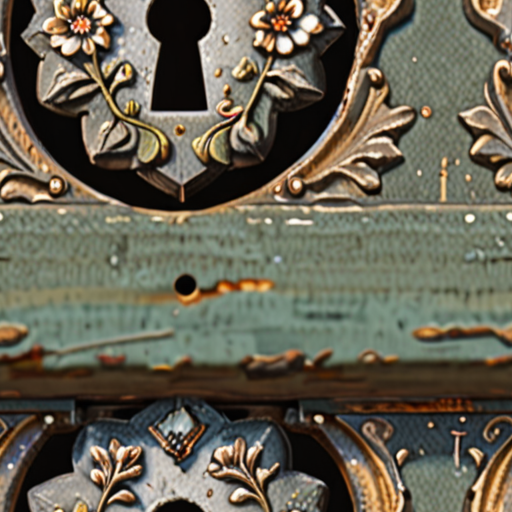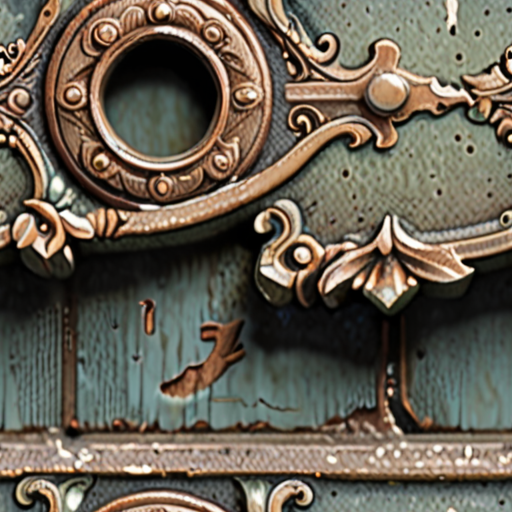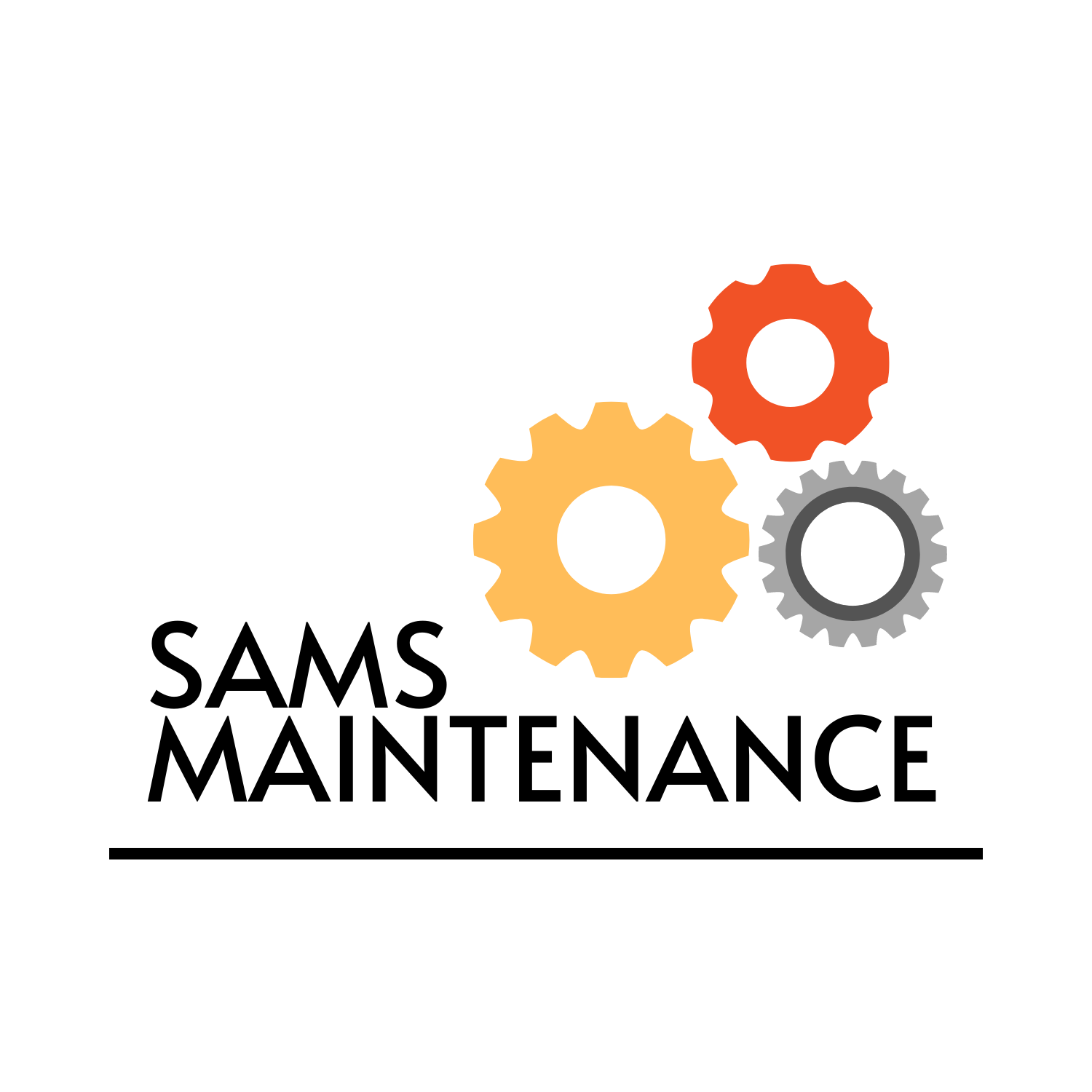As a homeowner, it’s essential to stay on top of yearly house repairs to prevent costly damages and maintain your property’s overall value. However, understanding the average cost of home repairs per year can be daunting, especially when considering factors like location, age, and condition of your home. With numerous household maintenance tasks to tackle, from routine inspections to major renovations, it’s crucial to prioritize your spending and allocate funds accordingly. In this article, we’ll delve into the world of yearly house repairs, exploring the average costs, frequency, and essential maintenance requirements to help you navigate the complex landscape of homeownership.

What is the Average Cost of Home Repairs Per Year?
The average cost of home repairs can vary significantly depending on several factors, including the home’s age, size, location, features, and condition.
- Average Annual Home Maintenance Costs: According to recent estimates, homeowners can expect to spend between $4,000 to $22,000 annually on home maintenance and repairs.
- Financial Experts’ Recommendation: Budgeting 1% to 4% of a home’s value each year for maintenance and repairs is a common guideline recommended by financial experts.
As a homeowner, it’s essential to consider these costs when planning your annual budget. To give you a better idea, here are some estimated costs associated with different aspects of home maintenance:
- Roof Replacement: $8,000 to $15,000
- Plumbing Issues: $500 to $2,000
- Electrical Work: $300 to $1,500
- HVAC System Replacement: $4,000 to $12,000
- Pest Control and Exterminations: $100 to $1,000
These costs can add up quickly, which is why it’s crucial to stay on top of regular maintenance tasks and address issues promptly to prevent costly repairs down the line.
At Sams Maintenance , we understand the importance of prioritizing home maintenance and offer a range of resources and services to help homeowners keep their properties in excellent condition.
By staying informed and proactive, you can save money, reduce stress, and enjoy a safe and comfortable living space.
How Often Do Houses Need Repairs?
The frequency of house repairs can vary greatly depending on several factors, including the age of the property, its location, and how well it has been maintained.
- Average Lifespan of House Components
- Roof: 20-30 years
- Siding: 15-25 years
- Windows: 10-20 years
- Plumbing fixtures: 10-20 years
- Electrical systems: 20-30 years
- Factors Affecting Repair Frequency
- Weather conditions: Extreme temperatures, heavy rainfall, and strong winds can cause damage to roofs, siding, and windows.
- Maintenance habits: Regular inspections and maintenance can prevent issues before they become major problems.
- Age of the property: Older homes require more frequent repairs due to wear and tear.
- Location: Properties located in areas prone to natural disasters or extreme weather conditions may require more frequent repairs.
- Preventative Measures
- Regular inspections: Schedule annual or bi-annual inspections to identify potential issues before they become major problems.
- Maintenance routines: Establish a routine for cleaning gutters, inspecting roof leaks, and checking electrical systems.
- Upgrades and replacements: Consider upgrading or replacing old components, such as roofing materials or plumbing fixtures, to reduce the risk of future repairs.
- Conclusion
According to various studies, the average lifespan of common house components is:
These estimates indicate that homeowners can expect to replace or repair these components every few decades, which translates to regular maintenance and potential costly repairs.
Several factors contribute to the frequency of house repairs, including:
Understanding these factors can help homeowners anticipate and prepare for potential repairs, reducing the likelihood of costly surprises.
To minimize the frequency of house repairs, consider implementing the following preventative measures:
By staying proactive and addressing potential issues early on, homeowners can extend the lifespan of their property and reduce the financial burden of repairs.
While the frequency of house repairs can vary, understanding the average lifespan of common components and factors affecting repair frequency can help homeowners anticipate and prepare for potential issues.
By implementing preventative measures, such as regular inspections and maintenance routines, homeowners can minimize the likelihood of costly repairs and extend the lifespan of their property.

The 1 Rule for Home Maintenance
As a homeowner, understanding the basics of home maintenance is crucial to prevent costly repairs and ensure your property remains safe and secure.
- One fundamental principle to keep in mind is the 1 rule, which suggests setting aside 1% of your home’s value annually for maintenance expenses.
- This means if your home is valued at $250,000, you should allocate approximately $2,500 per year for maintenance costs.
- By following this guideline, you can budget effectively and stay ahead of potential issues before they become major problems.
While this rule provides a general framework, it’s essential to consider factors like age, location, and condition of your home when determining your actual maintenance needs.
For instance, older homes may require more frequent repairs due to wear and tear, whereas newer properties might need less attention.
Additionally, homes located in areas prone to extreme weather conditions or natural disasters may necessitate additional maintenance expenditures.
To get a better grasp of your home’s unique requirements, consult with professionals, such as contractors or handymen, who can assess your property and provide personalized recommendations.
By combining the 1 rule with expert advice and regular inspections, you’ll be well-equipped to tackle any challenges that arise and enjoy a well-maintained home for years to come.

The Most Expensive Thing to Repair on a House
When it comes to repairing a house, there are several costly issues that homeowners may face.
- Water Damage
- Roof Replacement
- Foundation Repair
- HVAC System Replacement
- Plumbing Issues
- Electrical Issues
- Mold Remediation
- Appliance Replacement
- Pest Control
Water damage can be catastrophic and result in replacing your walls and floors, whether it’s due to bad weather or broken pipes. The cost of repairs or replacements can range from $1,500 to $100,000.
A roof replacement can be a significant expense, with costs ranging from $8,000 to $20,000 or more, depending on the size and type of roof.
Foundation problems can lead to costly repairs, with prices ranging from $2,000 to $10,000 or more, depending on the extent of the damage.
Replacing an HVAC system can be a significant expense, with costs ranging from $3,000 to $15,000 or more, depending on the type and size of the system.
Plumbing issues, such as burst pipes or sewer backups, can be costly to repair, with prices ranging from $500 to $5,000 or more, depending on the severity of the issue.
Electrical issues, such as faulty wiring or electrical panel upgrades, can be costly to repair, with prices ranging from $500 to $5,000 or more, depending on the severity of the issue.
Mold remediation can be a costly process, with prices ranging from $1,000 to $10,000 or more, depending on the extent of the mold growth.
Replacing major appliances, such as refrigerators or dishwashers, can be a significant expense, with costs ranging from $500 to $5,000 or more, depending on the type and quality of the appliance.
Pest control services, such as termite treatments or rodent removal, can be costly, with prices ranging from $200 to $2,000 or more, depending on the severity of the infestation.
It’s essential to address these costly issues promptly to prevent further damage and reduce the overall repair costs.
How Much Money Should You Have for Home Repairs?
As a homeowner, it’s essential to set aside funds for unexpected expenses, such as home repairs.
- Experts recommend saving 1 to 2% of your home’s purchase price annually for routine maintenance projects.
- This amount may seem significant, but it can cover costly repairs like roof replacements, sewer updates, or new appliance installations.
Consider starting with a lower percentage and gradually increasing it based on your financial situation and home’s needs.
Budgeting Tips for Homeowners
- Create a separate savings account specifically for home maintenance and repairs.
- Set aside a fixed amount each month or quarter to build up your emergency fund.
- Research local contractors and compare prices to find reliable professionals for future repairs.
- Regularly inspect your home’s systems and components to identify potential issues before they become major problems.
Additional Resources
For more information on home maintenance and repair, visit our Home Maintenance Tips page or check out our DIY Repair Guides .
Additionally, consider consulting with a financial advisor to determine the best savings strategy for your individual circumstances.

What is the Most Common Home Repair?
As a homeowner, it’s essential to stay on top of regular maintenance tasks to prevent costly repairs down the line.
- HVAC systems are often one of the most expensive systems to replace, making routine maintenance crucial to extend its lifespan.
- Plumbing issues can lead to significant water damage and costly repairs, emphasizing the importance of regular inspections and maintenance.
- Electrical problems can be hazardous, highlighting the need for prompt attention and professional assistance when dealing with electrical issues.
- Termites and pest infestations can cause extensive damage to a home’s structural integrity, underscoring the significance of regular termite inspections and prevention measures.
- Water damage can occur due to various reasons, including leaks, floods, and appliance malfunctions, necessitating swift action to mitigate further damage.
Sams Maintenance recommends scheduling annual inspections for these critical systems to identify potential issues before they escalate into major problems.
By prioritizing proactive maintenance, homeowners can save money, reduce stress, and enjoy a safer living environment.
Common Home Repairs and Their Average Costs:
- HVAC System Replacement: $3,000 – $15,000
- Plumbing Repair: $100 – $1,000
- Electrical Panel Upgrade: $500 – $2,000
- Termite Treatment: $300 – $1,500
- Water Damage Restoration: $1,000 – $10,000
Conclusion:
Regular maintenance is key to preventing costly home repairs and extending the lifespan of critical systems.
By staying on top of routine inspections and addressing issues promptly, homeowners can save money, reduce stress, and enjoy a safer living environment.
Sams Maintenance encourages homeowners to schedule annual inspections and take proactive steps to maintain their homes’ integrity.

0 Comments